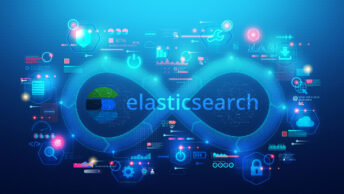Before you dive into the exciting world of machine learning, you’ll need to prepare your development environment. We’ll walk you through the essential steps to get your machine learning environment up and running.
Step 1: Install Python
Python is the most popular programming language for machine learning. If you don’t have Python installed on your system, follow these steps:
- Visit the Python website and download the latest version for your operating system (Python 3.x is recommended).
- Run the installer and make sure to check the box that says “Add Python X.X to PATH” during installation. This ensures you can access Python from the command line.
- Verify the installation by opening your command prompt or terminal and running:
python --version
Step 2: Set Up a Virtual Environment
Using virtual environments is a best practice to keep your machine learning projects isolated from one another. To create a virtual environment:
- Install the
virtualenvpackage if you don’t already have it:pip install virtualenv - Navigate to the directory where you want to create your virtual environment and run:
virtualenv myenv - Activate the virtual environment:
- On Windows:
myenv\Scripts\activate - On macOS and Linux:
source myenv/bin/activate
- On Windows:
Now, you are working within your isolated Python environment.
Step 3: Install Essential Libraries
To work on machine learning projects, you need several libraries. You can install them using pip:
- NumPy – A library for numerical operations:
pip install numpy - pandas – A library for data manipulation:
pip install pandas - scikit-learn – A machine learning library for various algorithms and tools:
pip install scikit-learn
Step 4: Choose a Development Environment
You have several options for developing machine learning projects, but two popular choices are Jupyter Notebook and Google Colab:
- Jupyter Notebook (Recommended for local development):
- Install Jupyter Notebook:
pip install jupyter - Start Jupyter Notebook:
jupyter notebook
- Install Jupyter Notebook:
- Google Colab (Cloud-based, requires a Google account):
- Visit Google Colab and sign in with your Google account.
- Create a new notebook to start coding in a cloud environment.
Congratulations! You’ve successfully set up your machine learning environment. You’re now ready to start learning and building machine learning models. In future posts, we’ll delve deeper into specific machine learning topics and hands-on projects. Stay tuned!




